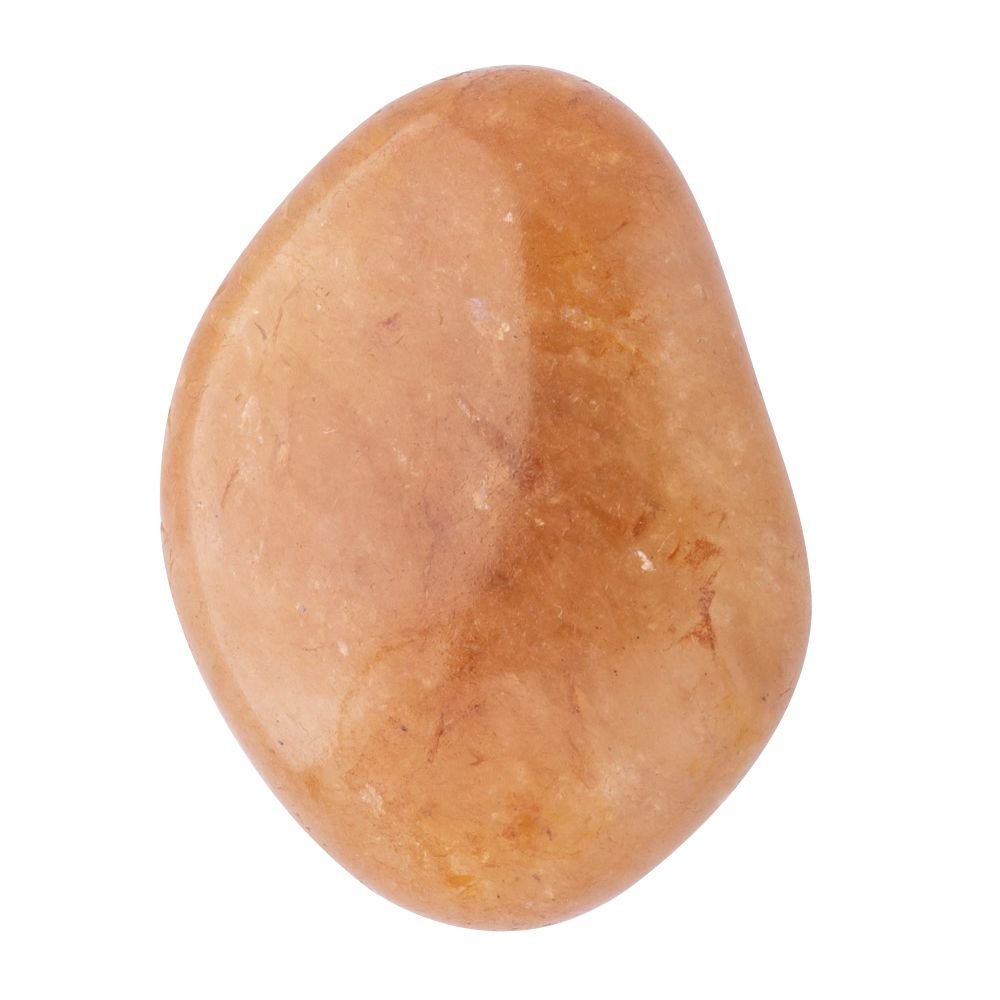
Red Aventurine captivates with its warm, earthy hues and storied heritage, attracting collectors, historians, and metaphysical enthusiasts alike. This article examines the origins of its name, alternate appellations, intricate composition, varied physical characteristics, and global distribution. It further explores archaeological discoveries, historical and contemporary usage, captivating folklore, mystical healing properties, astrological ties, chakra associations, and its symbolic role as both a birthstone and a wedding anniversary token.
Origins and Alternate Names
The designation “Red Aventurine” originates from the Italian term aventurina, which suggests a chance occurrence, thereby reflecting the gem’s unique, shimmering inclusions that evoke serendipity. Historically, this mineral is sometimes referred to simply as aventurine, although the red variety is distinguished by its vivid, lustrous appearance. Moreover, the gemstone has occasionally been labelled “fuchsite quartz” when minute mica inclusions impart a subtle sparkle, thus enhancing its allure and mystique.
Composition and Physical Characteristics
Chemically, Red Aventurine is a variety of quartz that contains trace amounts of minerals such as fuchsite, which impart a distinctive reddish tint. Its crystalline structure is predominantly hexagonal, with a characteristic vitreous luster and a microcrystalline texture that creates a shimmering effect known as aventurescence. Consequently, the stone exhibits a broad spectrum of red hues, ranging from deep burgundy to lighter, almost pinkish tones. Additionally, its moderate hardness renders it suitable for a variety of ornamental applications, while its robust physical properties contribute to its enduring popularity.
Varieties and Global Locations
Red Aventurine is found in numerous geological environments, including metamorphic rocks and hydrothermal veins. Significant deposits have been reported in regions such as India, Brazil, Russia, and parts of Europe, particularly in the United Kingdom. These varied occurrences yield distinct colour saturations and textural variations that enhance the gem’s commercial and aesthetic appeal. Furthermore, local mining practices and geological conditions contribute to the unique characteristics observed in different specimens, thereby bolstering its status among mineral collectors worldwide.
Archaeological and Historical Usage
Archaeological investigations have uncovered Red Aventurine in artefacts dating back to ancient civilisations, where it was often incorporated into ceremonial jewellery and ritualistic objects. Historical records indicate that the gemstone was valued not only for its visual splendour but also for its purported ability to bring luck and prosperity. Over the centuries, Red Aventurine has been featured in royal regalia, religious iconography, and even utilitarian objects, thereby affirming its multifaceted role in both everyday and sacred contexts. Today, its usage extends from high-end jewellery designs to decorative carvings, bridging ancient tradition with modern aesthetic sensibilities.
Folklore, Legends and Intriguing Anecdotes
Various cultures have woven captivating legends around Red Aventurine, often portraying it as a talisman of passion, courage, and vitality. Folklore asserts that the stone can invoke feelings of determination and stimulate creative energy, while local tales recount that it was used to ward off ill fortune and negative influences. Moreover, several ancient traditions maintain that Red Aventurine possesses the power to reveal hidden truths and enhance personal insight, thus perpetuating its mystique through generations. Consequently, these enduring narratives continue to elevate its reputation as a gemstone imbued with both beauty and supernatural allure.
Mystical Healing Properties and Spiritual Associations
Within the realm of alternative healing, Red Aventurine is revered for its capacity to balance and invigorate both the physical and emotional realms. Practitioners assert that the gemstone stimulates circulation, alleviates stress, and encourages the flow of vital energy. Additionally, it is believed to assist in dispelling emotional blockages and fostering resilience, thereby promoting overall well-being. As a result, Red Aventurine is frequently utilised during meditation and energy healing practices to harmonise the body and mind, thus enhancing its appeal as a tool for spiritual growth.
Astrological, Zodiac, and Chakra Connections
Astrologically, Red Aventurine is commonly associated with zodiac signs such as Aries and Leo, whose dynamic and passionate traits are believed to resonate with the gem’s energetic qualities. Transitioning to its role within the chakra system, the stone is predominantly linked to the root and sacral chakras, which govern stability, creativity, and personal power. Enthusiasts contend that meditating with Red Aventurine can promote grounding, stimulate creativity, and reinforce one’s sense of security, thereby aligning both physical and spiritual energies in a balanced manner.
Birthstone and Wedding Anniversary Significance
Although Red Aventurine is not traditionally recognised as a primary birthstone, its unique beauty and energetic properties have led many to adopt it as an alternative personal talisman. Furthermore, the gemstone is occasionally selected as a wedding anniversary gift, symbolising enduring passion, strength, and the transformative power of love. Its multifaceted symbolism and captivating aesthetics render it a meaningful emblem for both individual identity and relational celebration, thus securing its place in modern gifting traditions.

Red Aventurine
Red Aventurine boosts vitality, confidence, and creativity. A motivating stone that ignites ambition, supports manifestation, and fuels dynamic energy.
